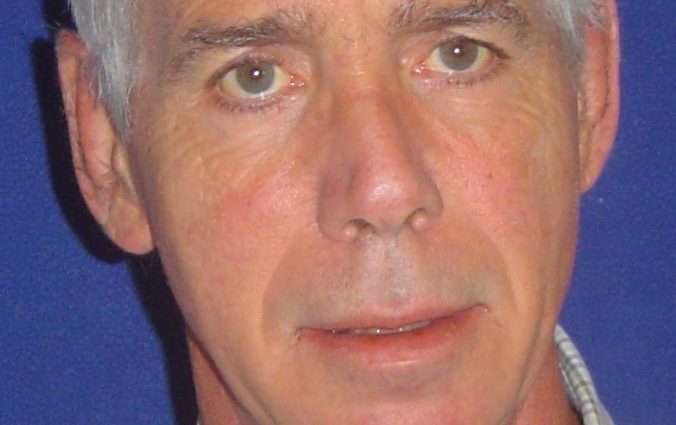The Future of Cornwall
As everyone in the city knows (often to their own personal cost), Cornwall is going through economic hard times. The future may look bright, but at the speed we are going, that future is a long way away, and other events might overtake us first.
As I mentioned a couple of weeks ago, the world has already used up about half its oil reserves. True, we might find some more, but oil is becoming more and more difficult (i.e. costly) to extract, and at the rate we are using it, it will add only a few more years to the “oil age.” Coal is not an option. It is one of the dirtiest fuels on earth, and adds incredibly to air and water pollution and climate change.
The coal lobby will argue this point, of course, but most of their defence will not hold up to careful examination. Sulphur and nitrous emissions cause acid rain, environmental damage and lung disease. Even if 99% of these emissions could be removed, the one percent left is sizable.
The largest coal-fired electricity generation station in the province, and for that matter, in North America, Nanticoke, uses about seven million tonnes of coal each year, if the station runs to full capacity. (This is assuming a reasonable 40% efficiency in converting the heat energy of the coal into electricity, some 20 billion kWh per year). The carbon dioxide from this plant, in only one year, would bury the City of Cornwall to a depth of 60 metres. Luckily for us, all that CO2 rapidly disperses in the atmosphere, contributing to global warming worldwide, not just in Cornwall. But that might not be the worst of it. Coal contains, on average, 1.3 ppm (parts per million) of radioactive uranium. Most of this uranium (about 7 tonnes) goes up the chimneys as fly ash, and even if recovery of this ash were 99% recovered (awfully optimistic), 70 kilograms gets dispersed around South West Ontario, Lake Erie, Michigan and upstate New York. The rest goes into landfill.
If an actual nuclear station were to emit even one thousandth of this amount of radiation, it would be shut down immediately.
Cornwall is in a good position right now – we have probably the lowest charges in Ontario, and as the electricity comes from Quebec, it’s mostly a renewable resource. Having all our electricity come from James Bay, however, puts us in a vulnerable position. The transmission lines travel hundreds of kilometres to the south. Although they are engineering marvels, and among the most efficient in the world, they are not foolproof. During the 1980s the power was cut because of exceptionally high solar flare activity, and we all remember the great ice storm, when it took weeks to restore power completely.
We cannot depend on huge generating sites, whether hydro, nuclear or coal, to satisfy our energy needs. We must start to diversify our generating capacity, constructing many small sites, such as windmills, mini-hydro plants, and solar plants. This way, we are not so dependent upon the grid, and not so exposed to factors beyond our control. Remember, when oil runs out, our only safe energy is going to be electricity from renewable, non-polluting resources, and at the moment, there isn’t enough of that to go around.
So until there is, we need to conserve and reduce our energy consumption. Smart Meters are touted to encourage us to do just that, but as I have shown in earlier columns, they are actually just a hypocritical revenue grab. Luckily for us, they won’t apply in Cornwall, but all the same, we have an obligation to our planet and our children.
please visit our sponsors:


